Sustainability
MATERIAL
Steel – our preferred material
Lightweight van racking naturally results in a van emitting less C02 on the road than a heavier system. This could be seen as an argument for using aluminium racking. However, considering the environmental impact from the production of aluminium, it falls short of steel when it comes to minimising total impact on the environment. Also, the fundamental strength and durability of steel makes it the natural choice for end users looking for a high- quality product while minimising the impact on the environment.
Aluminium requires more material to get close to the strength of steel and consumes a lot of energy in production, which emits many times the CO2 footprint of steel. Also, the imported materials for aluminium production require transport, causing further emissions, especially when comparing to Swedish steel, which is estimated to go CO2 neutral as early as 2026.
REPORTS
The green report
For the earth to be a green and sustainable planet, green and sustainable efforts are required. We at System Edström want to do what we can to reduce our climate footprint. In 2017, we began a major change project where we looked at the entire chain – from manufacturing to the fact that the products are in place in our customers’ vans. We have reduced the weight of our products by 65 tonnes per year, we have greatly reduced our carbon dioxide emissions and we have taken up the fight with plastic. We are definitely not done with our change, but on the right track. With The Green Report, we want to report what we have done so far, in the hope of inspiring others in the industry to review their sustainability thinking.
Sustainability
Our environmental work
Our primary objective when it comes to environmental work is getting the CO2-emissions down. By working on our product development, we can benefit from savings on many levels not at least on the environment. At the same time as we are making our products lighter we also need to make sure that we have good safety for the drivers. We achieve this by crash testing our products. We try to keep our transport routs shorter where possible, optimize the packaging and drive with fully loaded transports. When choosing a supplier, we look at the geographical location, internal/external surface treatment, their environmental work and other environmental operations. We keep our staffs travels in mind, consumables and that our company car park is optimized with vans that have as low emissions as possible. We also look at the products we purchase, energy use in our premises and shipments (to our customers).
